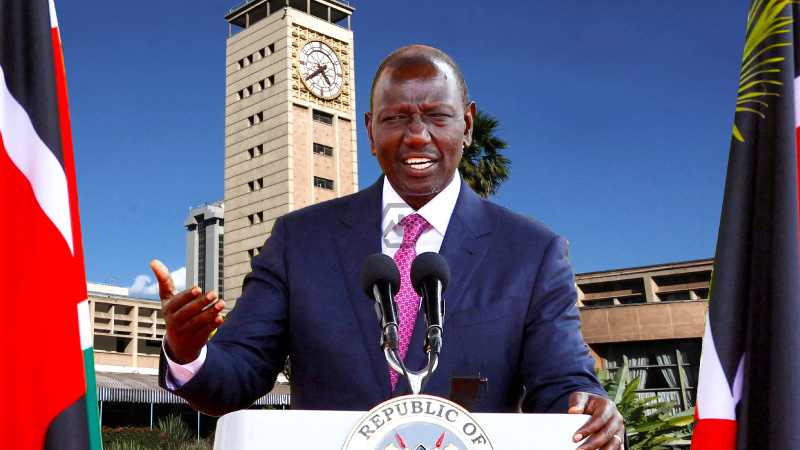According to a forecast released by the World Bank on Wednesday, Kenya’s economy will grow at a slightly faster clip this year because of a recovery in the vital agriculture sector. In its most recent biannual Kenya Economic Update report, the bank forecast that the nation’s GDP will expand by 5.0% in 2023, up from 4.8% in 2018.
Several farming areas recently experienced ample rainfall following a two-year catastrophic drought, which might boost output and reduce inflationary pressure.
Kenya’s Economy
The World Bank listed several dangers to the growth outlook, such as any new global shocks that would weaken demand for exports. According to the report’s authors, Kenya should be able to manage the mounting public debt obligations that have strained the nation’s finances.
Even if there is still a high chance of suffering from the debt, it is still manageable, according to Naomi Mathenge, a senior economist at the bank and one of the report’s authors.
- World Bank predicts Kenya’s economy to grow 5.0% in 2023.
- World Bank warns Kenya to manage debt repayments amid growth risks.
- Kenya’s additional taxes may reduce consumption and attract green investments.
She continued by saying that since taking office in September, President William Ruto’s government has reduced the growth of the nation’s debt and searched for less expensive financing options from bilateral and multilateral lenders.
The World Bank forecasts a slight decline in overall public debt, from 67.4% of GDP at the end of 2022 to 64.8% at the end of this year. Ruto’s administration has proposed many tax increases that have drawn criticism to raise income.
The higher taxes, in Mathenge’s opinion, might result in lower consumption. Kenya may be able to turn the threat of climate change into an opportunity by luring green investments from international businesses that seek to reduce the carbon footprint in their supply chains, according to the World Bank’s assessment.
The bank asserted that it had more opportunities to trade its carbon credits because it produces less than 1% of the yearly global emissions of greenhouse gases.



